Home>Home Appliances>Laundry Appliances>How To Wash A Rug In The Washing Machine
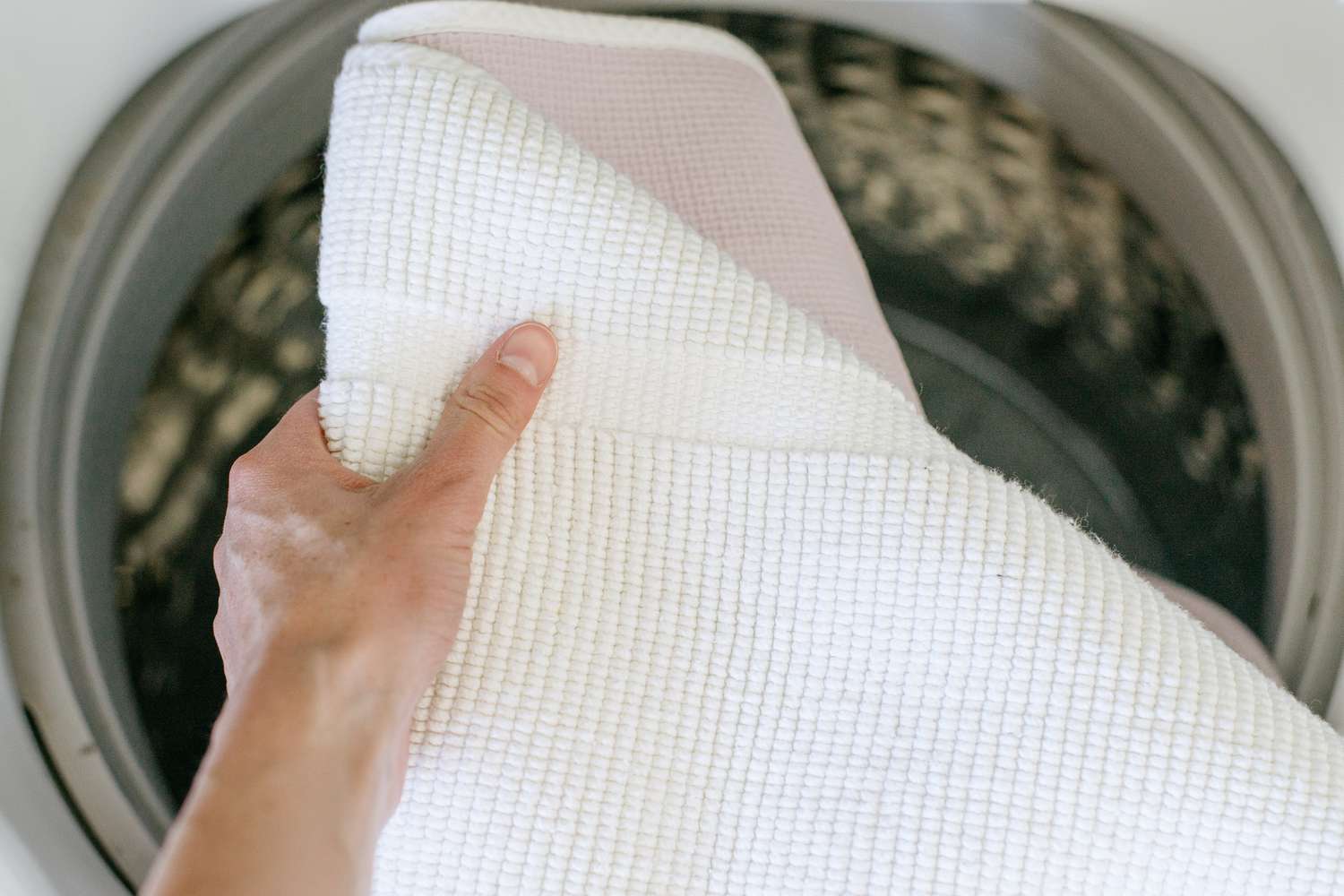

Laundry Appliances
How To Wash A Rug In The Washing Machine
Modified: October 18, 2024
Learn how to safely wash a rug in the washing machine with our expert tips. Discover the best laundry appliances and techniques for a clean and fresh rug.
(Many of the links in this article redirect to a specific reviewed product. Your purchase of these products through affiliate links helps to generate commission for Storables.com, at no extra cost. Learn more)
Preparing the Rug for Washing
Before tossing your beloved rug into the washing machine, it's crucial to prepare it properly to ensure a successful and effective cleaning process. Here's a step-by-step guide to help you get your rug ready for a thorough washing:
-
Check the Care Label: The care label on your rug provides essential information about the manufacturer's recommended cleaning methods. It specifies whether the rug is machine washable, the water temperature to use, and any special instructions to follow. Always adhere to the care label's guidelines to prevent damage to the rug during the washing process.
-
Inspect for Stains and Damage: Take a close look at the rug to identify any stubborn stains or areas of damage. Spot-treat these areas before washing to increase the likelihood of complete stain removal and prevent further deterioration during the washing cycle.
-
Shake Off Loose Debris: Head outdoors and give the rug a good shake to dislodge loose dirt, dust, and debris. This simple step helps minimize the amount of dirt that ends up in your washing machine, preventing potential clogs and ensuring a cleaner wash.
-
Use a Vacuum Cleaner: Run a vacuum cleaner over both sides of the rug to remove embedded dirt and dust. This step is particularly important for high-pile rugs, as dirt and debris can become deeply embedded within the fibers. By vacuuming the rug beforehand, you'll enhance the effectiveness of the washing process.
-
Pre-Treat Odors: If your rug has an unpleasant odor, consider sprinkling baking soda over it and allowing it to sit for a few hours before washing. Baking soda is excellent at absorbing odors, leaving your rug smelling fresh and clean after the washing cycle.
By meticulously preparing your rug for washing, you set the stage for a successful cleaning process that will leave your rug looking and feeling revitalized. Taking the time to follow these preparatory steps can make a significant difference in the outcome of the washing process, ensuring that your rug emerges from the machine beautifully clean and ready to adorn your living space once again.
Key Takeaways:
- Properly prepare your rug by checking the care label, inspecting for stains, and shaking off loose debris before washing. This ensures a successful cleaning process and a revitalized rug for your living space.
- When washing your rug, make sure to select the appropriate washing cycle based on the care label, material, soil level, and rug size. This helps maintain the rug’s quality and appearance for a fresh and clean result.
Read more: How To Wash A Fur Rug In The Washing Machine
Loading the Rug into the Washing Machine
Loading a rug into the washing machine may seem straightforward, but there are essential steps to follow to ensure the best results. Here's a detailed guide on how to properly load your rug into the washing machine:
-
Check the Machine's Capacity: Before attempting to wash your rug, it's crucial to verify that your washing machine can accommodate its size. Oversized rugs may not fit properly or could potentially damage the machine. Refer to the manufacturer's guidelines for the maximum load capacity of your washing machine to avoid any mishaps.
-
Fold or Roll the Rug: Depending on the size and flexibility of your rug, consider folding or rolling it to facilitate easier loading into the washing machine. This step is particularly important for larger rugs that may be challenging to maneuver. Rolling the rug tightly can help it fit more comfortably into the machine, ensuring a thorough wash.
-
Balance the Load: When loading the rug, aim to distribute its weight evenly within the washing machine. This helps prevent the machine from becoming unbalanced during the wash cycle, which could lead to excessive vibrations or potential damage. If necessary, add a few towels or other soft items to balance the load and protect the washing machine.
-
Use a Mesh Laundry Bag: For delicate or smaller rugs, using a mesh laundry bag can provide an extra layer of protection during the washing process. This is especially beneficial for rugs with fringes or tassels, as it helps prevent tangling and potential damage. Place the rug inside the mesh bag before loading it into the washing machine for added security.
-
Select the Appropriate Water Temperature: Before starting the washing cycle, ensure that you've chosen the correct water temperature based on the care label instructions. Different rugs may require specific water temperatures to ensure effective cleaning without causing damage to the fibers. Adhering to the recommended temperature settings is crucial for preserving the rug's integrity.
By following these steps, you can confidently load your rug into the washing machine, knowing that you've taken the necessary precautions to ensure a successful and safe washing process. Properly loading the rug sets the stage for a thorough and effective cleaning cycle, allowing you to enjoy a fresh and revitalized rug once the washing is complete.
Choosing the Right Washing Cycle
Selecting the appropriate washing cycle is a critical step in ensuring the optimal cleaning of your rug while safeguarding its integrity. Here's a comprehensive guide to help you navigate through the process of choosing the right washing cycle for your rug:
-
Refer to the Care Label: The care label on your rug serves as a valuable guide when determining the suitable washing cycle. It typically provides specific instructions regarding the recommended washing cycle, water temperature, and any limitations to consider. Adhering to these guidelines is essential for preventing damage to the rug during the washing process.
-
Consider the Rug's Material: Different rug materials, such as wool, cotton, or synthetic fibers, may require specific washing cycles to ensure effective cleaning without compromising the fabric. For instance, delicate wool rugs may benefit from a gentle or wool-specific cycle to prevent shrinkage or distortion of the fibers, while sturdy cotton rugs may withstand a regular or heavy-duty cycle for thorough cleaning.
-
Evaluate Soil Level and Stains: Assess the level of soiling and the presence of stains on the rug to determine the intensity of the washing cycle required. For heavily soiled rugs or those with stubborn stains, opting for a more vigorous washing cycle, such as a heavy-duty or deep-cleaning setting, can help achieve a thorough clean. Conversely, lightly soiled rugs may suffice with a standard or gentle cycle to maintain their condition.
-
Account for Rug Size and Construction: The size and construction of the rug can influence the choice of washing cycle. Larger rugs may benefit from a longer washing cycle to ensure that dirt and grime are effectively removed from the entire surface. Additionally, rugs with intricate patterns or textures may require a gentler cycle to prevent damage to the design elements.
-
Utilize Specialized Settings: Some washing machines offer specialized settings tailored for specific fabric types or cleaning requirements. These settings may include options for delicate fabrics, bulky items, or allergen removal. If your washing machine provides such specialized cycles, consider utilizing them to optimize the cleaning process for your rug.
By carefully considering these factors and selecting the most suitable washing cycle, you can effectively cater to the unique cleaning needs of your rug while preserving its quality and appearance. Making an informed decision regarding the washing cycle sets the stage for a successful cleaning process, ensuring that your rug emerges from the washing machine refreshed and ready to adorn your living space once again.
Before washing a rug in the washing machine, check the care label for any specific instructions. Use a gentle cycle with cold water and mild detergent. Avoid using bleach or fabric softener. Air dry the rug to prevent shrinkage or damage.
Adding Detergent and Fabric Softener
Once you've loaded your rug into the washing machine and selected the appropriate washing cycle, the next crucial step is to add the right detergent and fabric softener to facilitate a thorough and gentle cleaning process. Here's a detailed guide on how to effectively incorporate these essential laundry products to achieve optimal results:
-
Selecting the Right Detergent: When it comes to washing rugs, it's important to choose a detergent that is suitable for the specific material and construction of the rug. For example, mild detergents are ideal for delicate wool or silk rugs, while heavy-duty detergents may be necessary for deeply soiled or larger rugs. Always refer to the care label for any specific detergent recommendations or restrictions.
-
Measuring the Detergent: To prevent overuse or underuse of detergent, carefully measure the appropriate amount based on the rug's size and the detergent manufacturer's guidelines. Using too much detergent can leave residue on the rug, while using too little may result in inadequate cleaning. Following the recommended dosage ensures an effective and balanced cleaning process.
-
Adding Fabric Softener: Fabric softener can be beneficial for certain types of rugs, particularly those made from synthetic fibers or those with a high pile. It helps maintain the softness and fluffiness of the rug while reducing static and enhancing its overall feel. However, for natural fiber rugs like wool or cotton, it's important to check whether fabric softener is recommended, as it may affect the absorbency or natural properties of the fibers.
-
Consideration for Scented or Unscented Options: Some individuals may prefer scented fabric softeners to impart a pleasant fragrance to their rugs, while others may opt for unscented varieties to avoid potential allergic reactions or sensitivities. When selecting a fabric softener, take into account any personal preferences and sensitivities to ensure a pleasant and comfortable experience.
-
Dispensing the Products: Depending on your washing machine, there may be designated compartments for adding detergent and fabric softener. Follow the machine's instructions to dispense the products correctly, ensuring that they are evenly distributed throughout the wash cycle for consistent cleaning and softening.
By carefully incorporating the appropriate detergent and fabric softener into the washing process, you can effectively enhance the cleanliness and softness of your rug while preserving its quality and appearance. These products play a crucial role in facilitating a thorough and gentle cleaning experience, ensuring that your rug emerges from the washing machine revitalized and ready to adorn your living space once again.
Drying the Rug After Washing
Once the washing cycle is complete, the crucial final step in the rug cleaning process is ensuring proper drying to preserve its integrity and prevent any potential damage. Here's a comprehensive guide on how to effectively dry your rug after washing:
-
Remove Excess Water: Before removing the rug from the washing machine, gently press down on it to remove excess water. Avoid wringing or twisting the rug, as this can distort its shape and damage the fibers. Instead, opt for a gentle pressing motion to expel as much water as possible.
-
Lay Flat or Hang to Dry: Depending on the size and material of the rug, you can choose between laying it flat or hanging it to dry. For smaller rugs, laying them flat on a clean, dry surface is ideal. Larger rugs can be hung over a sturdy clothesline or railing, ensuring that they are evenly supported to maintain their shape.
-
Air Circulation: Whether laying the rug flat or hanging it, ensure that there is adequate air circulation in the drying area. This helps expedite the drying process and prevents the formation of mildew or musty odors. Placing a fan in the vicinity can further enhance air circulation and speed up the drying time.
-
Avoid Direct Sunlight: While it may be tempting to place the rug in direct sunlight to hasten the drying process, prolonged exposure to sunlight can fade the colors and damage the fibers. Opt for a shaded or indoor drying area to protect the rug's appearance and longevity.
-
Regularly Adjust the Position: If you're drying the rug flat, periodically adjust its position to ensure that both sides receive adequate airflow. This prevents moisture from being trapped underneath the rug, promoting uniform drying and preventing potential mold or mildew growth.
-
Monitor the Drying Progress: Keep a close eye on the rug as it dries, checking for any signs of lingering moisture or dampness. Depending on the material and thickness of the rug, the drying process may take several hours to a day or more. Patience is key to ensuring thorough and effective drying.
-
Fluff and Restore: Once the rug is completely dry, gently fluff the fibers with your hands to restore its softness and texture. This simple step can revitalize the rug's appearance, making it look and feel as good as new.
By following these steps, you can effectively dry your rug after washing, ensuring that it emerges from the cleaning process in optimal condition. Proper drying not only preserves the rug's appearance and integrity but also contributes to a fresh and revitalized addition to your living space.
Frequently Asked Questions about How To Wash A Rug In The Washing Machine
Was this page helpful?
At Storables.com, we guarantee accurate and reliable information. Our content, validated by Expert Board Contributors, is crafted following stringent Editorial Policies. We're committed to providing you with well-researched, expert-backed insights for all your informational needs.
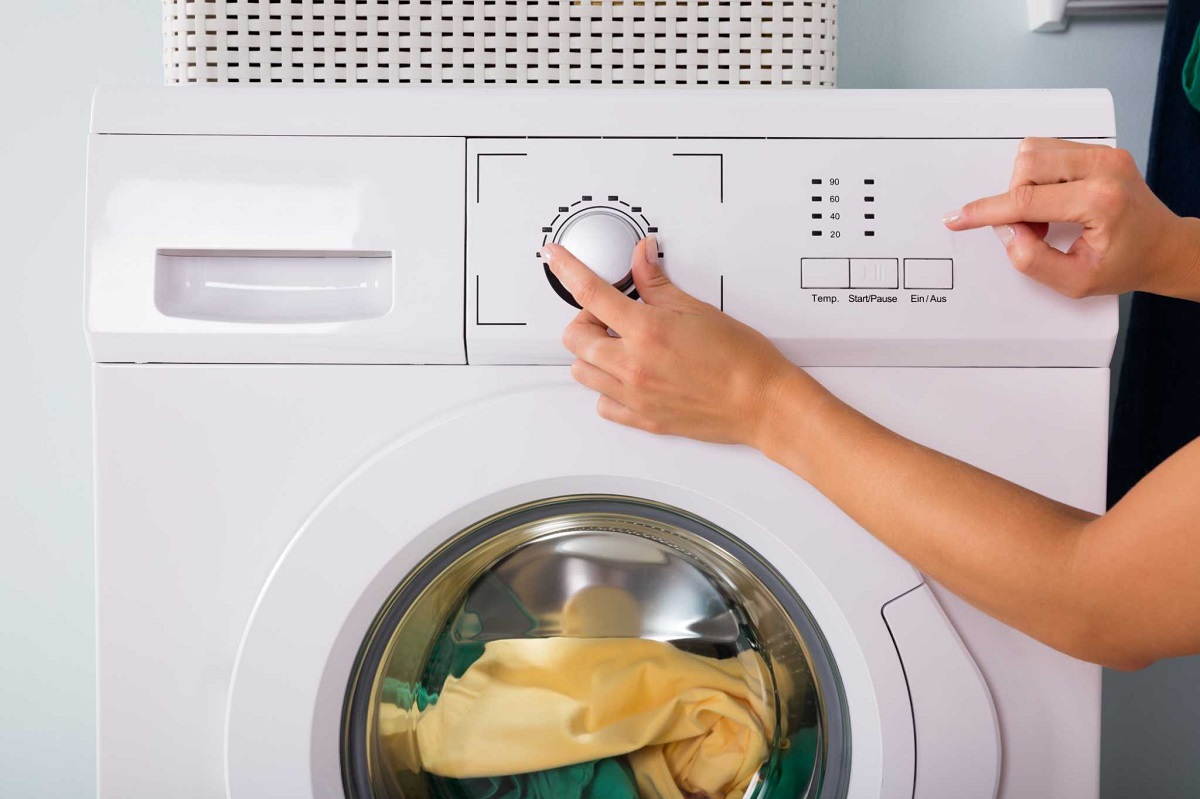
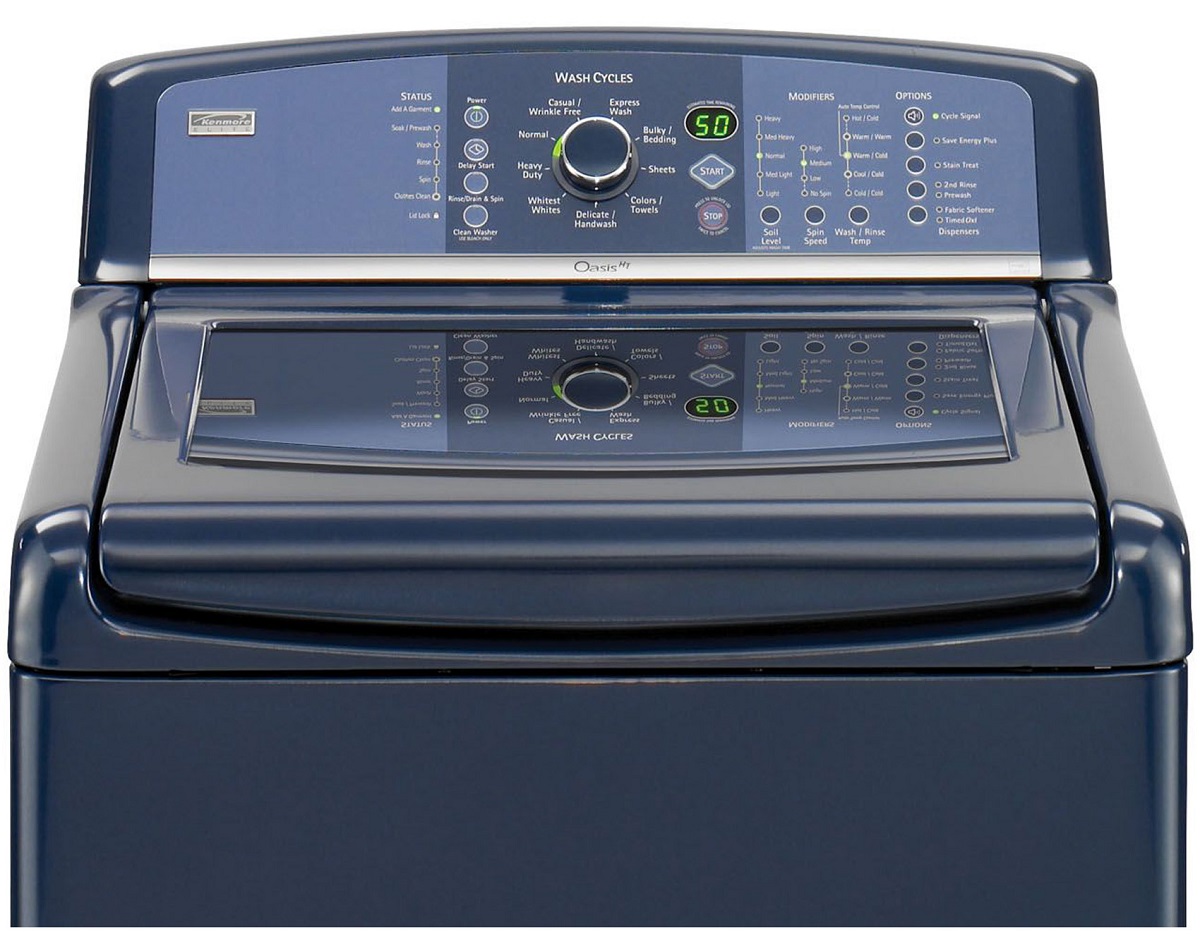

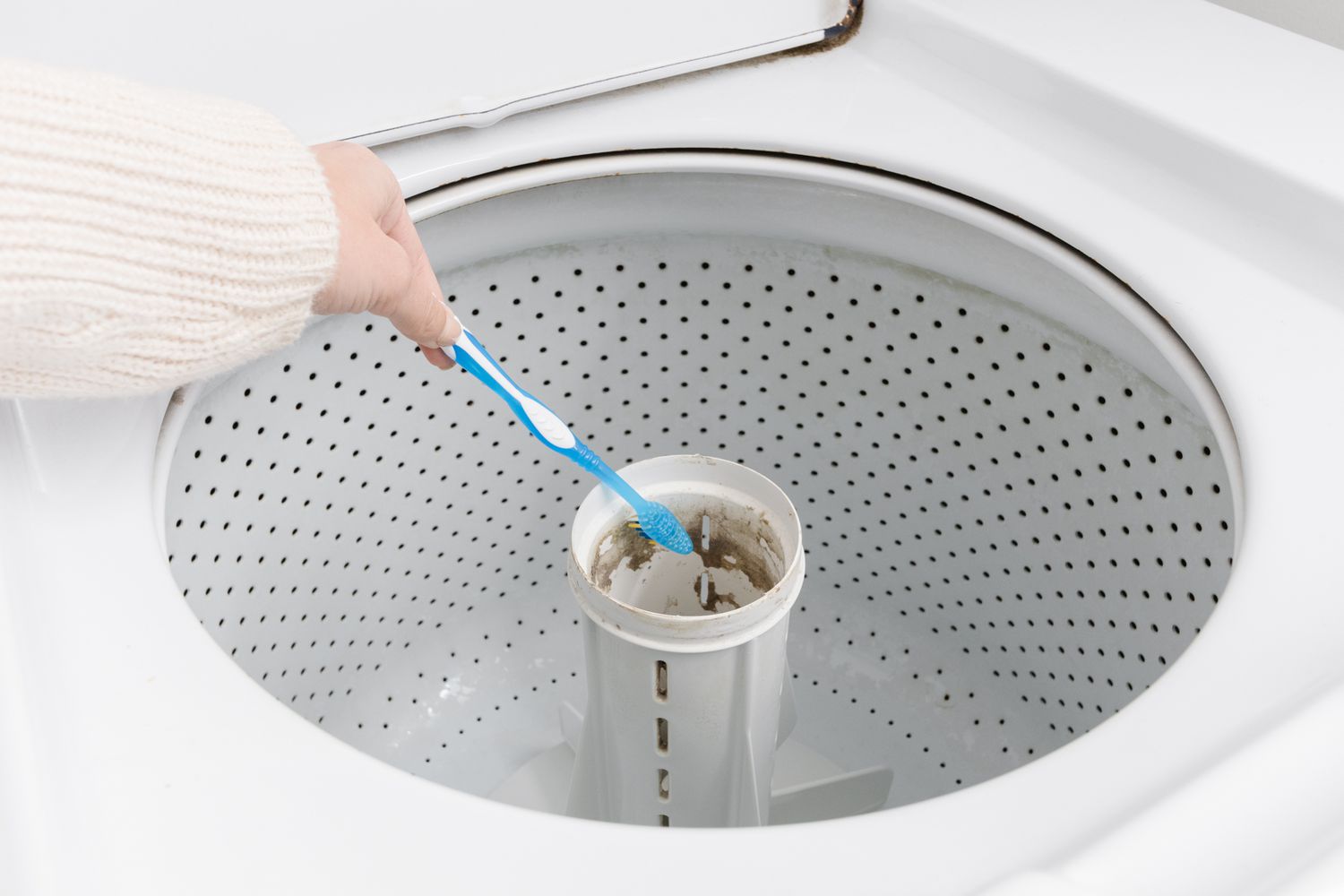



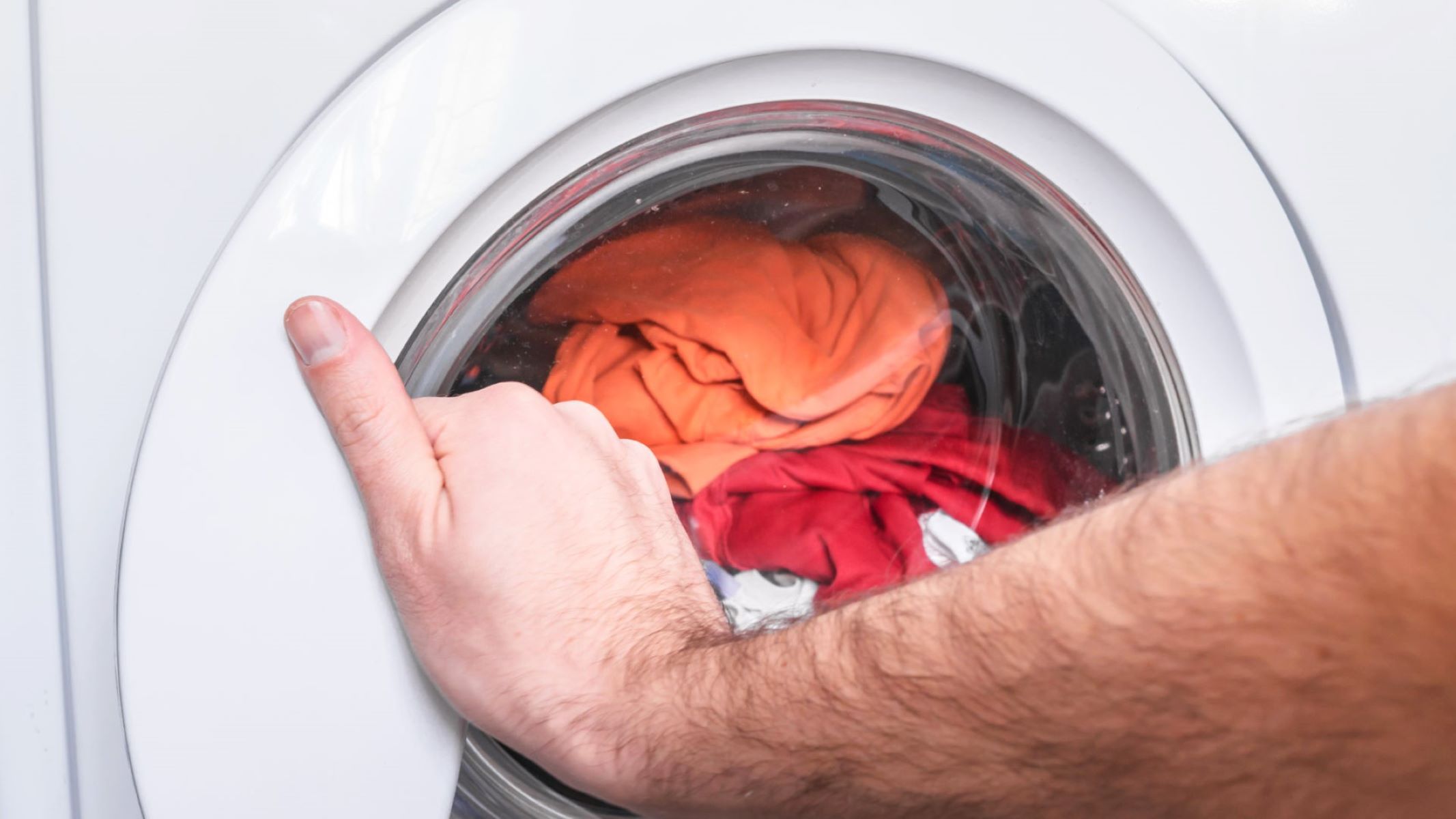


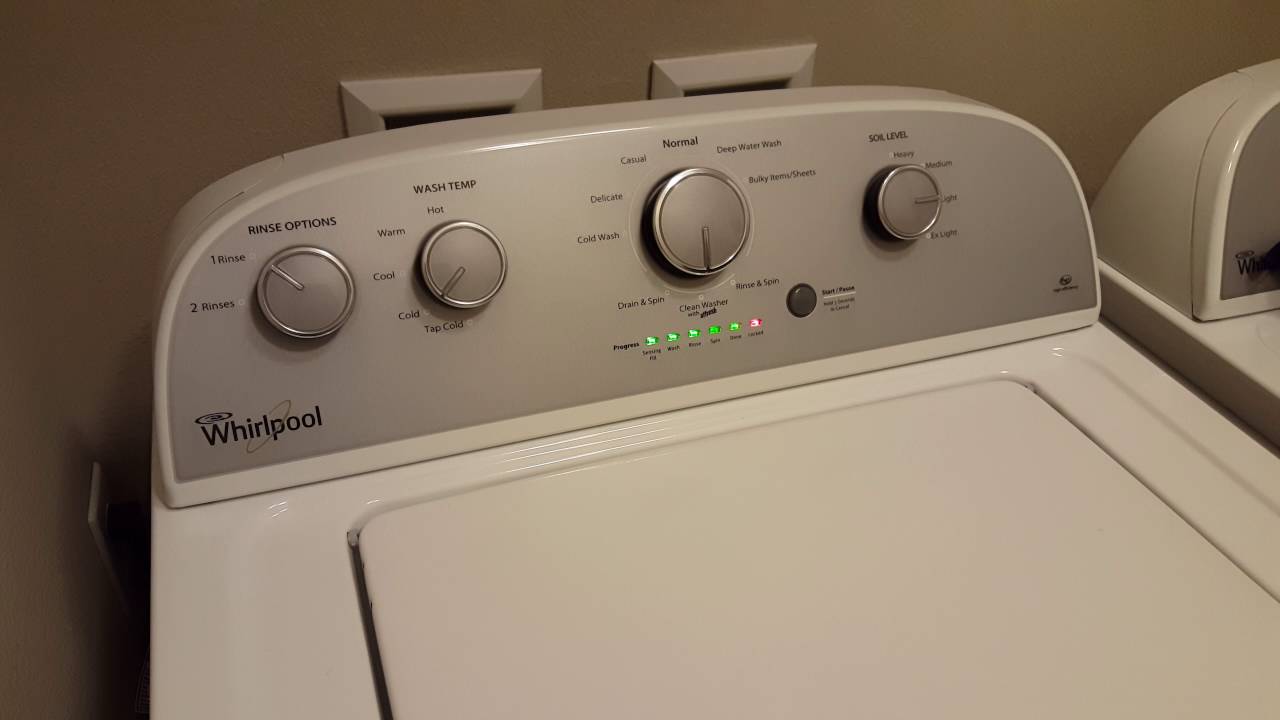
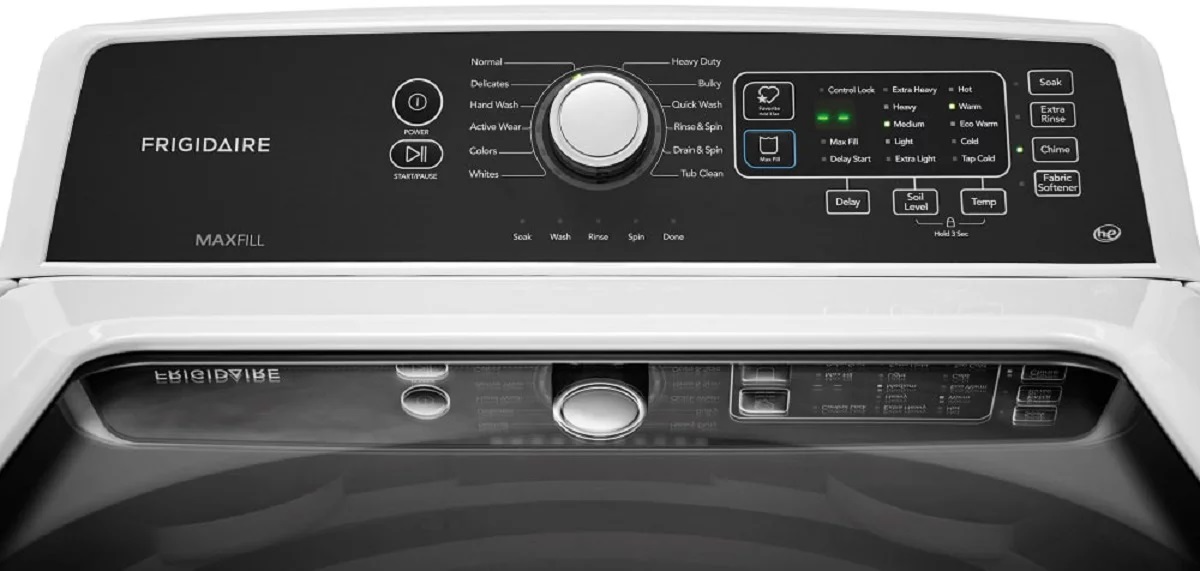
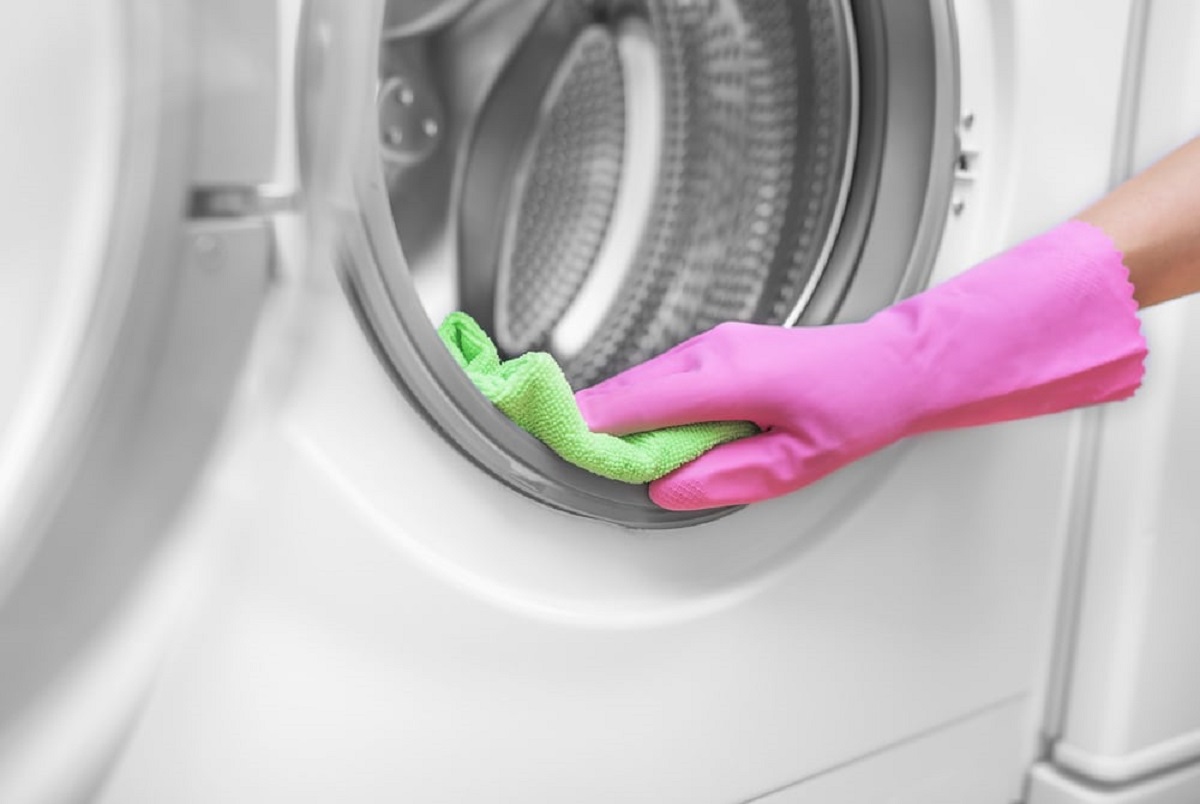

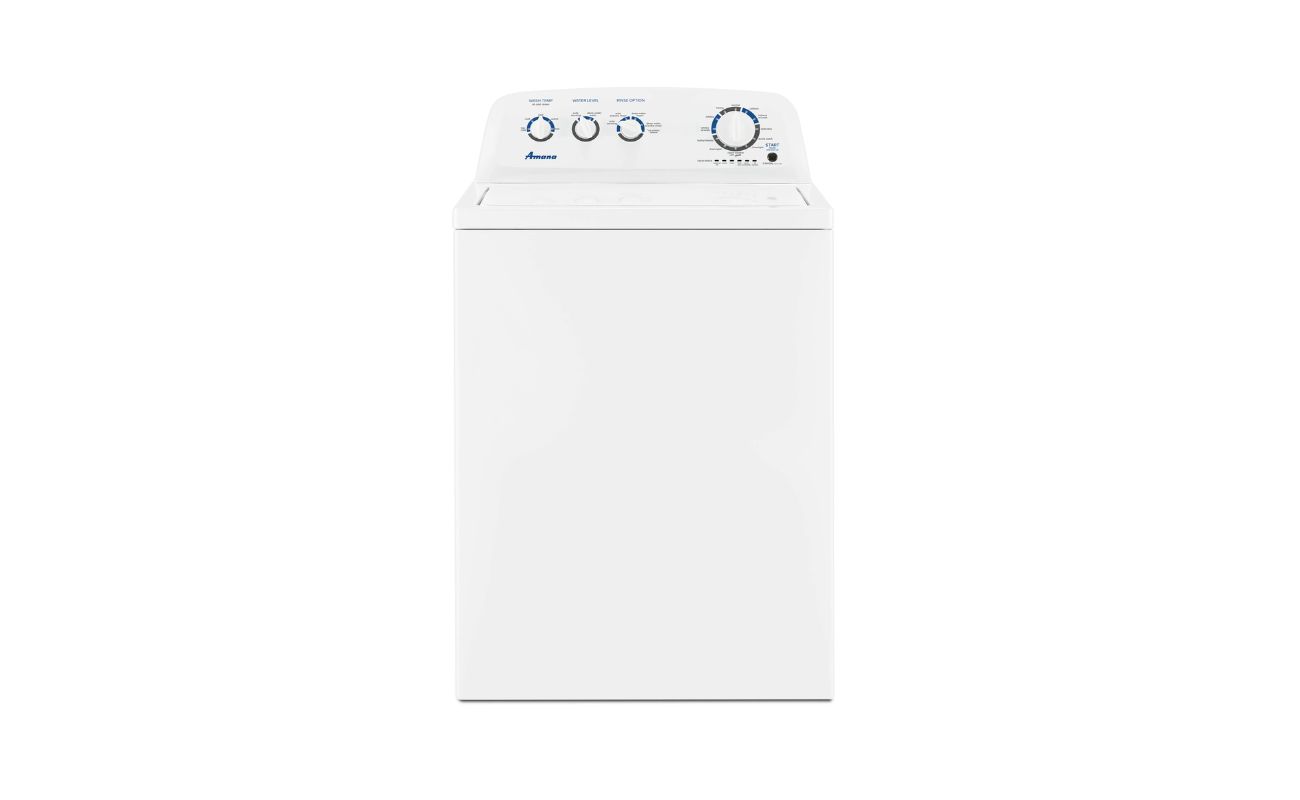

0 thoughts on “How To Wash A Rug In The Washing Machine”